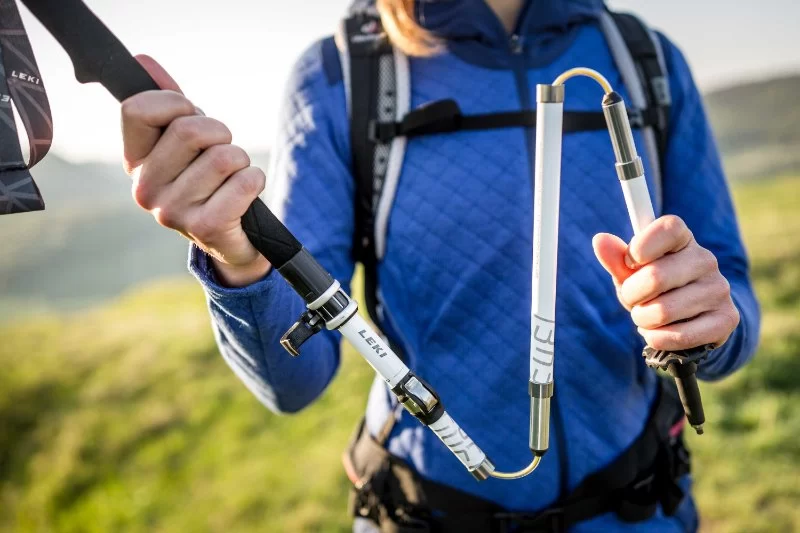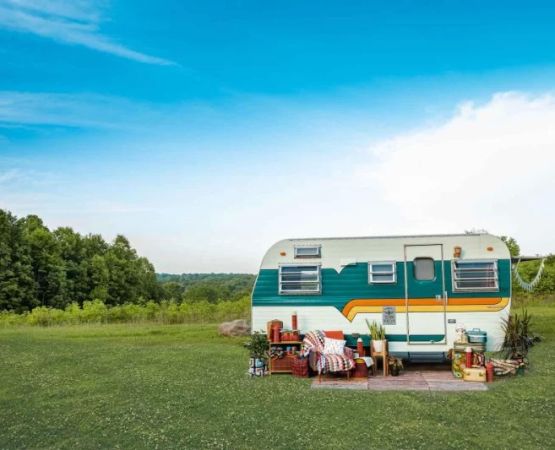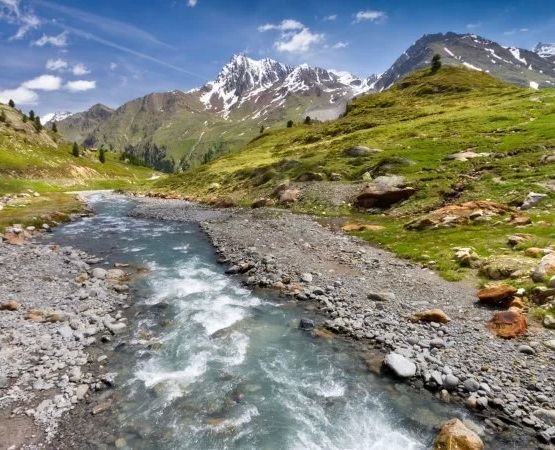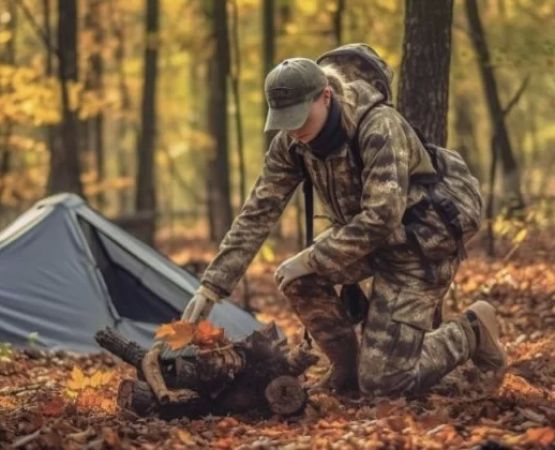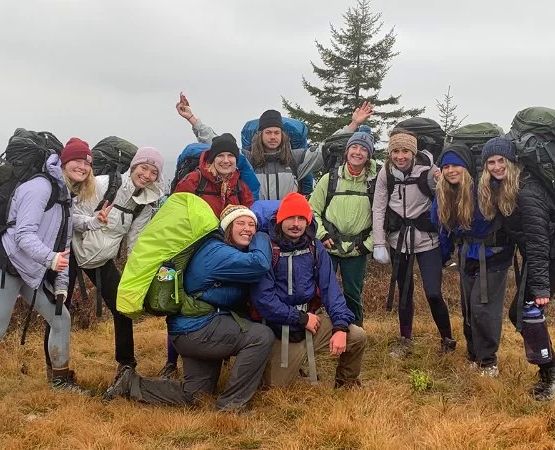- understanding-the-role-of-trekking-poles - Understanding the Role of Trekking Poles
- material-matters-what-your-poles-are-made-of - Material Matters: What Your Poles Are Made Of
- adjustability-vs-fixed-length - Adjustability vs. Fixed-Length
- grip-options-and-why-they-matter - Grip Options and Why They Matter
- shock-absorption-and-terrain-type - Shock Absorption and Terrain Type
- real-hiking-stories-lessons-from-the-trail - Real Hiking Stories: Lessons from the Trail
- where-to-get-the-best-hiking-gear - Where to Get the Best Hiking Gear
1. Understanding the Role of Trekking Poles
Trekking poles aren't just for seasoned mountaineers—they’re a game-changer for hikers of all levels. These tools significantly reduce strain on knees and ankles, especially during steep descents or long-distance hikes. They also improve balance on tricky terrain and provide rhythm for uphill climbs. Choosing the right trekking poles for your hikes begins with understanding how they support your movement and protect your joints.
Whether you're planning a casual day hike or tackling more rugged terrain, the right trekking poles can improve endurance and reduce fatigue. For beginners, it’s important to test pole length and weight before heading out. Many hikers first realize the value of poles only after experiencing unexpected joint stress from hiking uneven trails without them.
2. Material Matters: What Your Poles Are Made Of
The material of your trekking poles directly impacts both weight and durability. Aluminum poles are sturdy and ideal for rocky or icy paths, while carbon fiber options are lighter but prone to cracking under lateral stress. Consider your hiking frequency and terrain before choosing.
For instance, during a week-long trek through the Rockies, an experienced hiker switched to carbon fiber poles to reduce weight. While the lighter build helped on uphill climbs, one pole cracked when used to brace a fall on a sharp incline. If you're unsure which to choose, Pine Cliff Resort features gear guides and staff-picked recommendations suited to various trail demands.
3. Adjustability vs. Fixed-Length
Adjustable trekking poles offer versatility, especially for mixed terrain. You can shorten them for uphill climbs and extend them during downhill descents to maintain posture and reduce strain. Fixed-length poles are often lighter and more durable, favored by ultra-light backpackers who hike on relatively even ground.
Telescoping poles are popular for their collapsibility, making them travel-friendly. Flip-lock mechanisms tend to be more secure in wet or icy conditions compared to twist-locks. A friend of mine who hiked the Presidential Traverse in New Hampshire swears by flip-lock poles—her twist-lock pair collapsed mid-trail on a frosty morning descent.
4. Grip Options and Why They Matter
Grip comfort is often overlooked but critically important, especially on long hikes. Common materials include cork, foam, and rubber. Cork adapts to your hand shape over time and absorbs sweat, making it ideal for warmer climates. Foam is lightweight and soft, preferred for shock absorption. Rubber offers the most insulation but may feel slippery in humid conditions.
If you have a tendency to get blisters, ergonomic grip designs or padded wrist straps can prevent hotspots. While hiking part of the Appalachian Trail, one user discovered that foam grips caused skin irritation over time, prompting a switch to cork that improved hand comfort significantly.
5. Shock Absorption and Terrain Type
Shock-absorbing trekking poles come with internal springs that soften the impact on wrists and elbows—especially beneficial for downhill sections. However, these models are slightly heavier and may feel less responsive on technical trails. Many hikers prefer shock-absorbing poles for mountainous hikes or when carrying a heavy backpack.
On flatter trails, standard poles without this feature work just fine. An experienced hiker I met in Yosemite noted that turning off the shock system while climbing gave her more control, but she switched it on while descending steep granite slopes. The key is to understand your trail and your body’s needs.
6. Real Hiking Stories: Lessons from the Trail
Sometimes, lessons come from the trail itself. One memorable story involved a group hiking near Banff who brought mismatched trekking poles—one carbon fiber and one aluminum. The imbalance caused wrist strain and had to be corrected mid-hike by swapping with another hiker.
Another case involved a novice who thought poles were unnecessary for an easy day hike but slipped on a wet log and injured her knee. She later admitted that a basic pair of trekking poles would’ve likely prevented the fall. These stories underscore how choosing the right trekking poles for your hikes isn’t just about comfort—it’s about safety and longevity on the trail.
7. Where to Get the Best Hiking Gear
You don’t have to figure it all out alone. Whether you’re looking for ultralight options, trail-tested reviews, or fitting consultations, Pine Cliff Resort provides curated product selections and local expertise to help you make the right choice.
They even host gear demo weekends where you can test different pole types on real trails. For those serious about maximizing trail efficiency and comfort, getting hands-on with gear before purchasing can make all the difference. Don’t overlook the value of investing in equipment that’s tailored to your adventure style.

